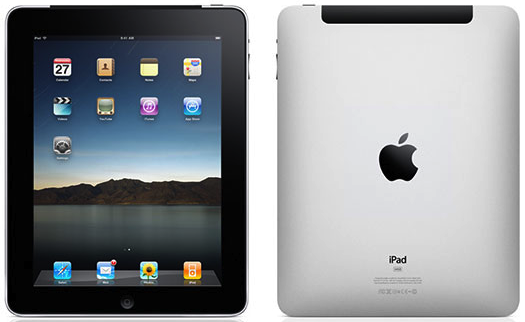On 27th January 2010, Steve Jobs unveiled the iPad. If you have 90 minutes or so to spare, that launch presentation is a fascinating watch.
There was mixed reaction to that initial announcement. Some people called it right. Even days before the launch, Deloitte predicted that a new generation “NetTabs”, such as Apple’s rumoured new product, would have a “breakout year”. Other pundits were far more sceptical. Bill Gates derided it: “It’s a nice reader, but there’s nothing on the iPad I look at and say, ‘Oh, I wish Microsoft had done it.'”
Gates called it wrong, particularly in backing netbooks over tablets. By 2011, tablets were selling twice as many units as netbooks. (Note to readers in the future: Netbooks were small laptop computers which didn’t have touchscreens or detatchable keyboards. Yes, I know!). Tablets, led by the iPad (to say the least), put a huge dent in the PC market, leading to its longest decline in history.
One of the most profound changes that the iPad brought was a change in user expectations. Since the advent of the WIMP (Windows-Icons-Mouse-Pointer) interface in the 1980s, most business software took the form of a form. Users interacted with clickable, typeable boxes.
Tablets, without a pointer or a physical keyboard, don’t adapt well to “paperless form” interfaces. It’s hard to click with a finger in a small box, and it’s not great navigating from field to field, typing into them one by one, either. Some might have expected that hardware would make the shift to accommodate expectations. Instead, the applications themselves changed. The tablet brought in new user experience designs, with great success.
Developers and designers quickly built on the lessons they’d already learned with touchscreen smartphones. They learned to produce tactile apps, making the most of swipes and gestures and movement. It’s arguably much more intuitive and friendly, as anyone who has ever given a modern touchscreen device to a toddler will attest. It’s also a great opportunity to deliver a more productive experience too. Applications like Shazam and Uber have taken this to an extreme: A single press on the screen replaces complex and clunky keyboard-and-mouse driven interactions.
This influence is even finding its way back to the desktop. PCs aren’t dead yet, and they are still holding their own as the superior platform for many use cases. But the influence of the iPad is pervasive. There’s a lot less tolerance amongst users for business applications which look like their tax form, with a save button. There is no tolerance at all for that in consumer applications.
Harnessing, and taking advantage of those expectations enables better software with better outcomes. A tool like Smart IT enables tablet interaction for ITSM, but also carries many of the design and efficiency principles to the desktop. The result is better productivity, a smarter Service Desk, and happier stakeholders on both sides of the service relationship.
